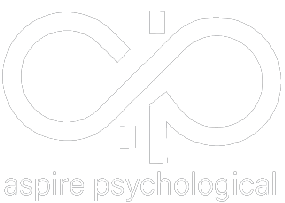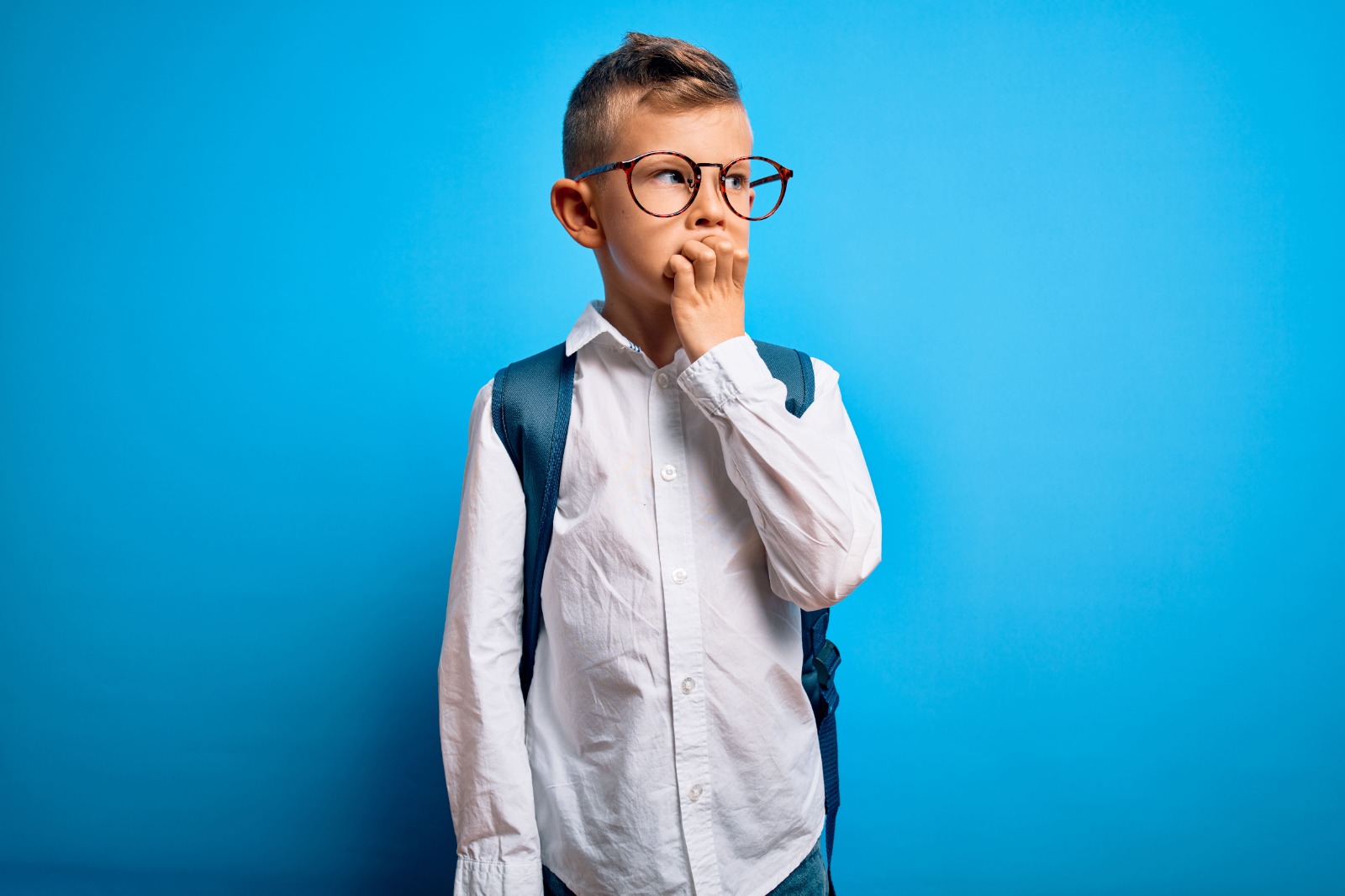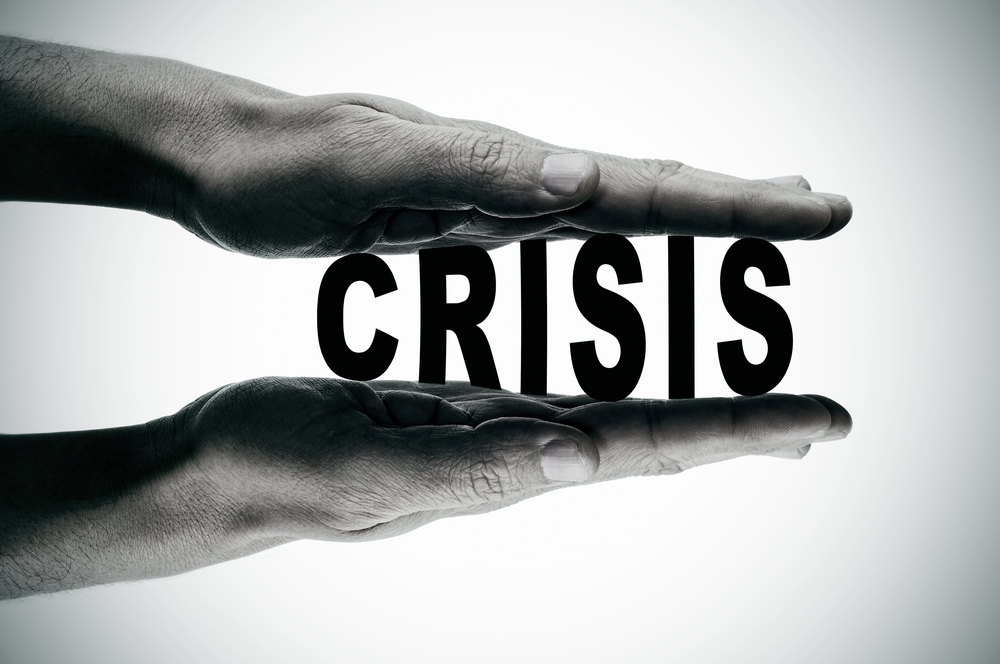Although social anxiety disorder (SAD) is observed in both children and adults, it manifests itself in different ways between the two age groups. In adults, SAD can be extremely general or linked to specific phobias. It can be mild by comparison or completely debilitating in the most extreme cases.
Aspire Psychological can diagnose and treat SAD in both children and adults. We have published another blog post addressing children specifically. This post will focus on social anxiety and phobias in adults.
A Brief Explanation
A bit of social anxiety is normal when people are faced with social events or performance-related circumstances that make them feel inadequate. How many of us have gotten nervous about speaking up in a team meeting, for example? The thing about SAD is that it goes above and beyond occasional anxiety over an uncomfortable experience.
SAD makes it difficult for a person to participate in social activities. It can lead to purposeful avoidance of any in all circumstances that produce anxiety. Studies even suggest that untreated SAD could increase the risk of mental health conditions including substance abuse and depression. On the other hand, SAD is very treatable.
General and Specific Anxieties
Clinicians look at SAD in adults according to type. There are two main types, generalized and non-generalized, as well as four other types linked to specific phobias. Through discussions, observations, and understanding symptoms, clinicians can identify the particular type of anxiety a patient is struggling with.
Generalized SAD
The first type of SAD is generalized SAD. It is sometimes referred to as a social phobia. It is arguably one of the most common forms of social anxiety around the world. It tends to be the most serious of all forms because a person with generalized SAD is anxious about so many things.
A person with generalized SAD is fearful of almost every social experience. The mere thought of going out in public can be terrifying, especially if that means there is a potential of having to meet new people. A person with generalized SAD tends to:
- feel unusually anxious in advance of social situations.
- exhibit on unusual a level of self-consciousness.
- avoid social interaction as often as possible.
- demonstrate a fear of humiliation.
- demonstrate physical symptoms during uncomfortable situations.
The physical symptoms of generalized SAD include things like shortness of breath and excessive perspiration. In the most severe cases, physical symptoms can be quite debilitating.
Non-Generalized SAD
Non-generalized SAD is typified by anxiety over certain types of social situations, even though other types of situations don’t cause any anxiety at all. For example, a person terrified of public speaking or attending events with large numbers of people may have no anxiety about other types of social situations. It’s just those two.
Social Anxiety and Phobias
Some adults with SAD are anxious about specific things related to phobias. This type of person isn’t anxious about all social situations. But when it comes to his particular phobia, the accompanying anxiety can be significant. Examples include:
- Fear of public speaking (glossophobia).
- Fear of eating in public (deipnophobia).
- Fear of public restrooms (paruresis).
- Performance anxiety (stage fright).
Regardless of the type of SAD a person is living with, treatments are available. Trained therapists look to cognitive behavioral therapy (CBT), mindfulness, exposure therapy, breathing exercises, and other treatments to help patients overcome.
If you believe that social anxieties are preventing you from experiencing the type of life you desire, don’t continue living with those anxieties. Seek out professional help instead. Know that we are here for you at Aspire Psychological.





